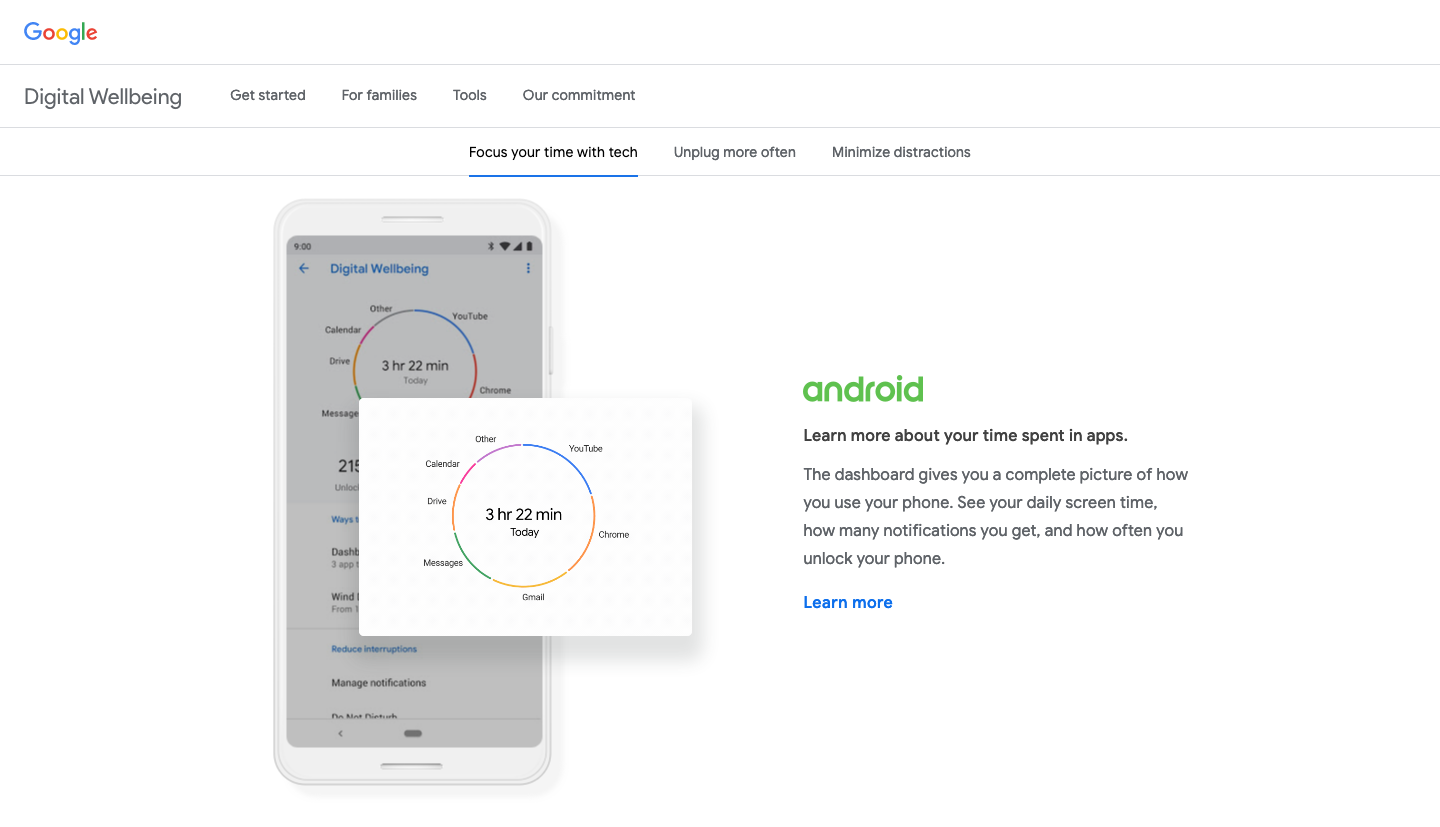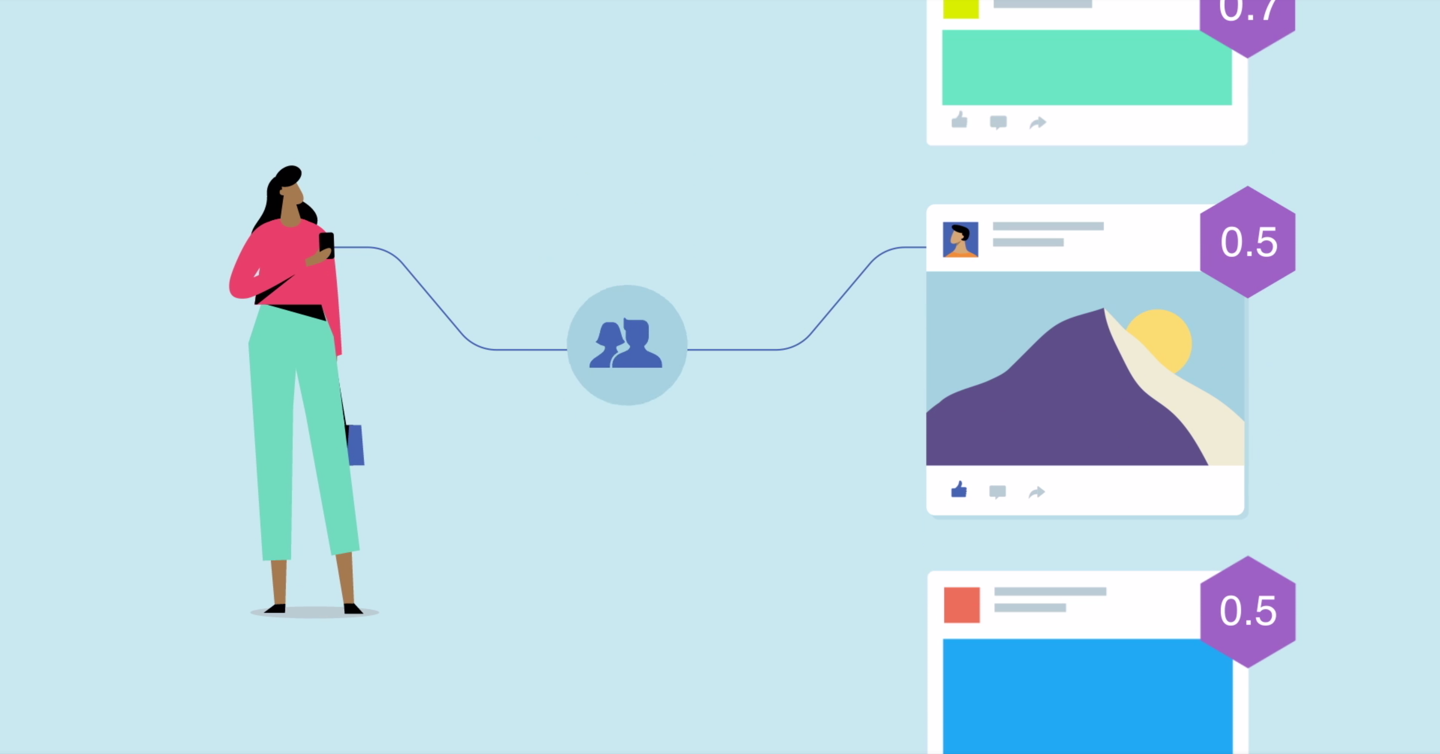Chapter 10. Ethical Implications of Persuasive Design
On the one hand, designers can use psychology to create more intuitive products and experiences; on the other, they can use it to exploit how our minds work, for the sake of creating more addictive apps and websites. Let’s first take a look at why this is a problem, and then consider some potential solutions.
Problem
One doesn’t have to go far to see why the well-being of users being deprioritized in favor of profit is a problem. When was the last time you were on a subway, on a sidewalk, or in a car and didn’t see someone glued to their smartphone? There are some that would argue we’re in the middle of an epidemic, and that our attention is being held captive by the mini-computers that we carry with us everywhere.
It wouldn’t be an exaggeration to say that the mobile platforms and social networks that connect us also put a lot of effort into how they can keep us glued, and they’re getting better at it every day. The effects of this addiction are beginning to become well-known: from sleep reduction and anxiety to deterioration of social relationships, it’s becoming apparent that the race for our attention has some unintended consequences. These effects become problematic when they start to change how we form relationships and how we view ourselves.
Design Responsibility
As designers, our responsibility is to create products and experiences that support and align with the goals and well-being of users. In other words, we should build technology for augmenting the human experience, not replacing it with virtual interaction and rewards. The first step in making ethical design decisions is to acknowledge how the human mind can be exploited.
We must also question what we should and shouldn’t build. We can find ourselves on quite capable teams that have the ability to build almost anything you can imagine, but that doesn’t always mean we should—especially if the goals of what we are building don’t align with the goals of our users.
Lastly, we must consider metrics beyond usage data. Data tells us lots of things, but what it doesn’t tell us is why users are behaving a certain way or how the product is impacting their lives. To gain insight into why, we must both listen and be receptive to our users. This means getting out from behind a screen, talking with them, and then using this qualitative research to inform how we evolve the design.
Examples
It’s been great to see companies taking the right steps when it comes to considering the digital well-being of users. Take for example Google’s Digital Wellbeing initiative (Figure 10-1), which in the last few years has introduced tools and features that focus on helping people better understand their tech usage, focus on what matters most, disconnect when needed, and create healthy digital habits. Features like an app dashboard that provides a usage overview, additional control over alerts and notifications, and Family Link for setting digital ground rules for the little ones all are geared towards protecting users.

Figure 10-1. Google’s Digital Wellbeing initiative website
Some companies are even redefining their success metrics. Instead of time on site, companies like Facebook are defining success through meaningful interactions. This required them to restructure their news feed algorithm (Figure 10-2) to prioritize the content that people actually find valuable over the stuff we mindlessly consume. Content from friends and family now takes precedence, even if the result means users spend a little less time in their app.

Figure 10-2. Screenshot from Facebook’s “News Feed FYI: Bringing People Closer Together” video
These examples are just a glimpse into the steps that many companies are taking, and I hope to see many more in the coming years. The technology we play a part in building can significantly impact people’s lives, and it’s crucial that we ensure that impact is positive. It’s our responsibility to create products and experiences that support and align with the goals and well-being of users. We can make ethical design decisions by acknowledging how the human mind can be exploited, consider what we should and shouldn’t build, and talk with users to gain qualitative feedback on how the products and experiences we build affect their lives.
